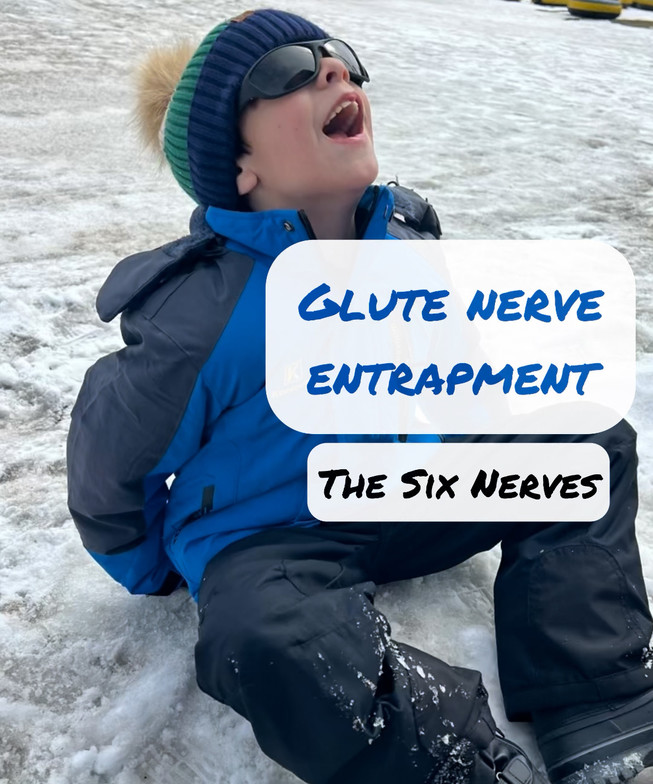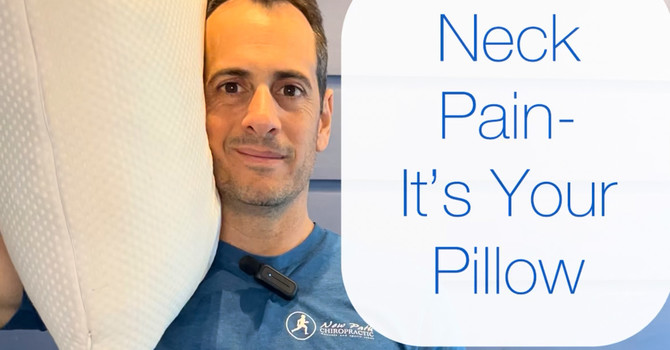
When a Fall Leads to More Than Just a Bruise
A slip or fall directly onto your butt might feel like a simple mishap, but it can lead to long-lasting nerve irritation that causes confusing and persistent symptoms. Nerve entrapments in the gluteal region are often mistaken for sciatica, lower back pain, or sacroiliac joint issues. However, the real problem may lie in how the fall triggered compression or irritation of one or more important nerves in the hip and pelvis area.
Understanding Gluteal Nerve Entrapment
The gluteal region contains several nerves that control movement and sensation in the hips, pelvis, buttocks, and legs. When these nerves become compressed—due to inflammation, muscle tightness, trauma, or scar tissue—it can lead to pain, numbness, weakness, or burning sensations. The symptoms often overlap with more familiar conditions, which makes diagnosis tricky without a detailed understanding of gluteal anatomy.
The Six Gluteal Nerve Entrapments You Should Know
Sciatic Nerve Entrapment is one of the most well-known, often caused by compression in the piriformis muscle. It leads to radiating pain down the leg, similar to sciatica, but may not involve the spine at all.
Superior Gluteal Nerve Entrapment affects the muscles that stabilize your pelvis—gluteus medius and minimus. This type of entrapment can cause weakness or pain with side leg movements and may lead to an uneven gait or hip drop.
Inferior Gluteal Nerve Entrapment impairs function of the gluteus maximus, making it difficult to extend your hip. Everyday movements like standing from a chair or climbing stairs can become uncomfortable and fatiguing.
Pudendal Nerve Entrapment can cause deep pelvic pain, numbness, or tingling, especially with prolonged sitting. This nerve controls sensation in the pelvic floor and perineal region, and is often irritated by trauma, cycling, or even poor sitting posture.
Posterior Femoral Cutaneous Nerve Entrapment is a sensory issue that causes burning, tingling, or numbness down the back of the thigh. Symptoms may worsen with sitting or tight clothing.
Cluneal Nerve Entrapment results in sharp, localized pain in the upper buttock region and is commonly confused with sacroiliac joint pain or lumbar facet dysfunction.
How a Fall Can Set It All Off
Landing hard on your glutes can cause a cascade of mechanical and inflammatory changes. A fall may bruise the soft tissues, tighten surrounding muscles, or inflame nerves, leading to entrapment. In some cases, scar tissue or hematomas may develop and compress nearby nerves. Even if the pain starts mild, it can escalate over time if the underlying nerve involvement is not addressed.
What to Watch For
If you're experiencing persistent buttock, thigh, or pelvic pain after a fall—especially if it doesn’t respond to typical back pain treatments—nerve entrapment might be the culprit. Difficulty walking, sitting, or performing movements like climbing stairs are red flags worth investigating.
Don’t Ignore It—Get the Right Help
Gluteal nerve entrapments are real, treatable conditions. A thorough evaluation by a provider familiar with nerve entrapments—such as a skilled physical therapist, chiropractor, or neurologist—can make a huge difference. Treatment may include soft tissue therapy, nerve gliding exercises, dry needling, or postural corrections.
Persistent butt pain isn't always “just a bruise.” Know your nerves, and don’t settle for the wrong diagnosis.

Dr. Steve Muscari
Contact Me




